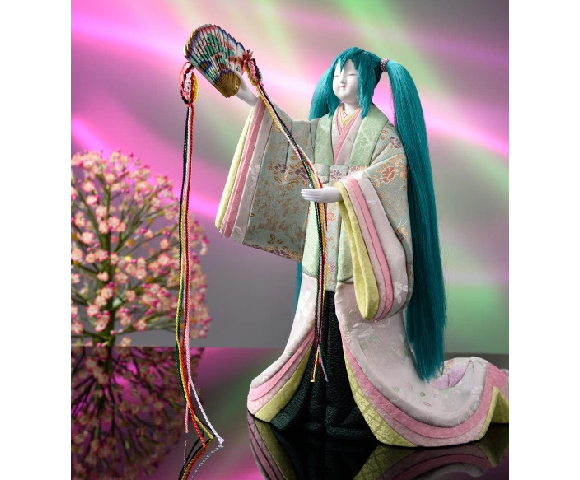
The vocaloid virtual idol takes on a traditional form while saying it’s OK not to take a traditional path through life.
Hina ningyo, the dolls representing and emperor, empress, and their attendants, are unquestionably symbols of Japanese culture. The dolls have been displayed in Japanese homes for generations as part of the Hina Matsuri celebration, which takes place annually on March 3.
▼ Hina ningyo
Whether anime figures qualify for the same cultural status, though, is much more open to debate. Still, there are plenty of otaku who will passionately champion the artistic merits of 3-D recreations of anime girls, and here to blur the line between those two classes of dolls is a Hatsune Miku hina ningyo.
As a virtual idol, Miku is definitely a 21st-century entertainer. In contrast, Mataro, the Tokyo-based doll maker that crafted the piece, was founded nearly a century ago in 1919.
Initially the designers toyed with the idea of combining a contemporary anime figure-style head with an orthodox hina ningyo body, but Mataro’s craftsmen ultimately decided against this in favor of a more thoroughly traditional look.
▼ Though Hina Miku does retain her aqua-colored twintails.
Mataro realizes that the doll’s round, abstract features differ sharply from the bold, angular lines fans are used to seeing in Miku’s illustrations and CG models. That gap is intentional though, and the designers ask that you gaze upon Hina Miku’s face for three whole minutes before forming your opinion about her, allowing ample time for the subtle complexities of her facial contours to affect what you see.
There’s one more unique aspect to the doll, which is that while Hina Miku is supposed to take the place of the empress hina ningyo, Mataro is bucking tradition by not pairing her with an emperor. Ordinarily, the paired emperor and empress dolls are supposed to represent a happy marriage for the family’s daughters, but the designers say that the hina Miku instead is meant to symbolize girls’ dreams of happiness that are independent of marriage.
While Hatsune Miku has shown herself to be eminently merchandisable, this one-of-a-kind hina ningyo isn’t for sale. Instead, it’ll be on display at Mataro’s shop in Tokyo’s Ueno neighborhood until March 9, since the numbers 3 and 9 (March being the “third” month) can be read as mi and ku in Japanese.
Shop information
Tamaro Ningyo / 真多呂人形
Address: Tokyo-to, Taito-ku, Ueno 5-15-13
東京都台東区上野 5-15-13
Open 9 a.m.-5:30 p.m.
Closed second, fourth, and fifth Saturday of each month, plus all Sundays
Website
Source: PR Times
Top image: PR Times
Insert images: Wikipedia/Nesnad, PR Times
[ Read in Japanese ]
Follow Casey on Twitter, where his favorite thing about Hina Matsuri is the sakura mochi.
[ Read in Japanese ]

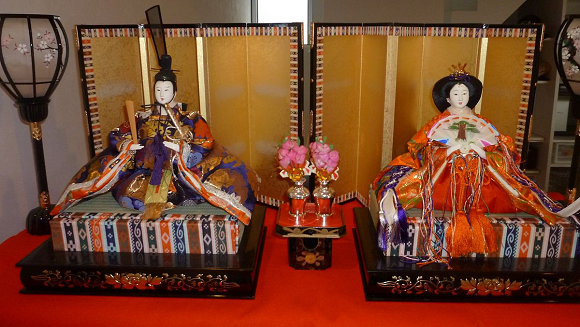
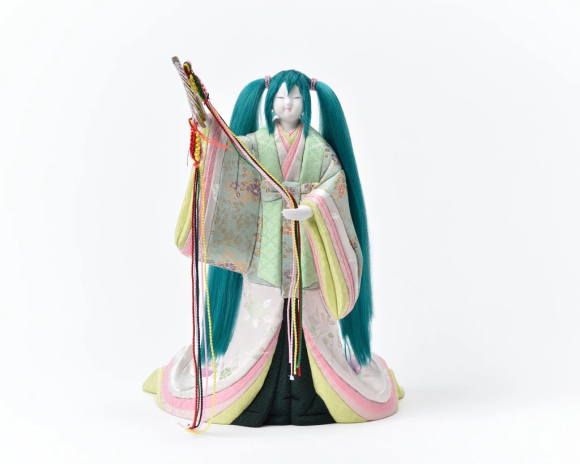
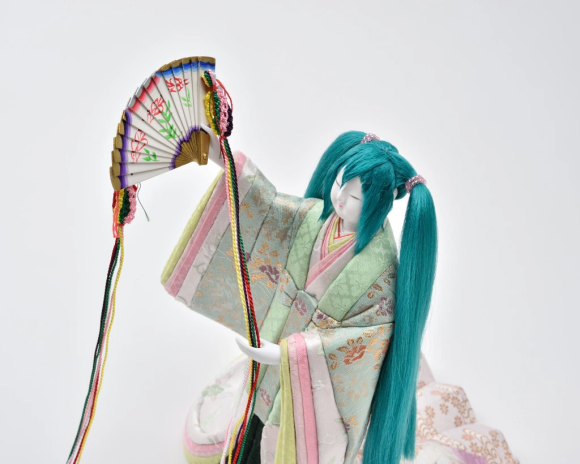
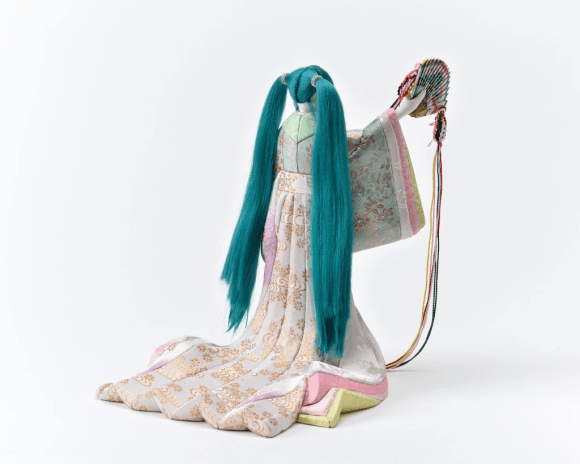
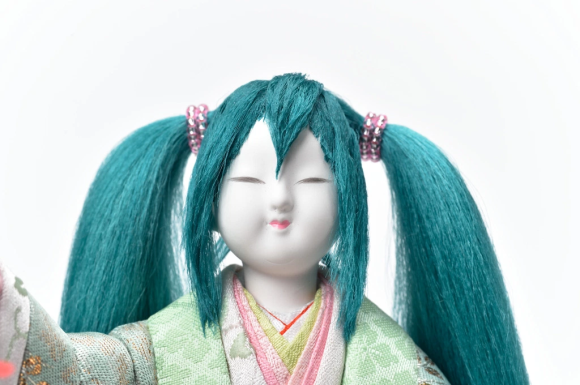
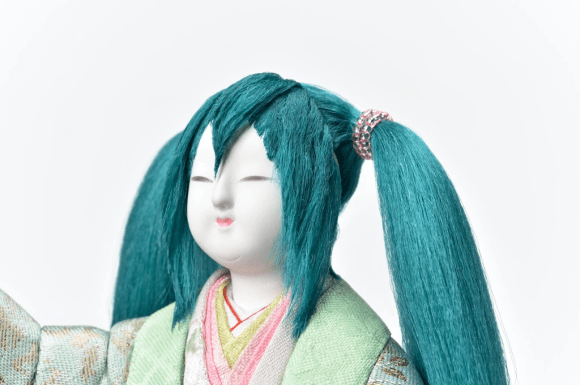
 A crime of jealousy? Horrific scene emerges after cat attacks princess doll
A crime of jealousy? Horrific scene emerges after cat attacks princess doll Batman as a samurai ningyo figure is trans-Pacific time-tripping awesomeness
Batman as a samurai ningyo figure is trans-Pacific time-tripping awesomeness Promo for Yanagawa City is filled with the beauty of Japan, adorable dancing girls【Video】
Promo for Yanagawa City is filled with the beauty of Japan, adorable dancing girls【Video】 Kimono-clad Hatsune Miku figure proves she’d have looked just fine in the pre-computer era
Kimono-clad Hatsune Miku figure proves she’d have looked just fine in the pre-computer era Say I do with Hatsune Miku! Virtual idol now gracing Japanese marriage certificates
Say I do with Hatsune Miku! Virtual idol now gracing Japanese marriage certificates How to order snacks on a Shinkansen bullet train in Japan
How to order snacks on a Shinkansen bullet train in Japan New Pokémon ice cream, dessert drinks, and cool merch coming to Baskin-Robbins Japan【Pics】
New Pokémon ice cream, dessert drinks, and cool merch coming to Baskin-Robbins Japan【Pics】 Japan’s new difficult-to-drink-from beer glass protects your liver, but it’s a brutal experience
Japan’s new difficult-to-drink-from beer glass protects your liver, but it’s a brutal experience Demon Slayer: Kimetsu no Yaiba gets new roller coaster attractions and food at Universal Studios Japan
Demon Slayer: Kimetsu no Yaiba gets new roller coaster attractions and food at Universal Studios Japan Burger King Japan suddenly adds Dr. Pepper and Dr. Pepper floats to its menu nationwide
Burger King Japan suddenly adds Dr. Pepper and Dr. Pepper floats to its menu nationwide High-fashion Totoro cuddle purse is like an elegant stroll in the forest【Photos】
High-fashion Totoro cuddle purse is like an elegant stroll in the forest【Photos】 Hello, cosmetics! Clinique teams up with Hello Kitty this summer for first-time collaboration
Hello, cosmetics! Clinique teams up with Hello Kitty this summer for first-time collaboration To combat declining birth rate, Japan to begin offering “Breeding Visas” to foreigners
To combat declining birth rate, Japan to begin offering “Breeding Visas” to foreigners Russian crocodile hospitalized after woman falls on it
Russian crocodile hospitalized after woman falls on it Starbucks Japan welcomes alpacas for cute summer drinkware line【Photos】
Starbucks Japan welcomes alpacas for cute summer drinkware line【Photos】 Nintendo history you can feel – Super NES, N64, and GameCube controllers become capsule toys
Nintendo history you can feel – Super NES, N64, and GameCube controllers become capsule toys “The most Delicious Cup Noodle in history” – Japan’s French Cup Noodle wins our heart【Taste test】
“The most Delicious Cup Noodle in history” – Japan’s French Cup Noodle wins our heart【Taste test】 Starbucks releases a cute Frappuccino and Unicorn Cake…but not in Japan
Starbucks releases a cute Frappuccino and Unicorn Cake…but not in Japan Kyoto Tower mascot termination reveals dark side behind cute Japanese characters
Kyoto Tower mascot termination reveals dark side behind cute Japanese characters McDonald’s Japan’s Soft Twist Tower: A phantom ice cream only sold at select branches
McDonald’s Japan’s Soft Twist Tower: A phantom ice cream only sold at select branches Yabai Ramen: What makes this Japanese ramen so dangerous?
Yabai Ramen: What makes this Japanese ramen so dangerous? Finally! Nintendo Japan expands Switch 8-bit controller sales to everybody, Online member or not
Finally! Nintendo Japan expands Switch 8-bit controller sales to everybody, Online member or not Japanese government wants to build luxury resorts in all national parks for foreign tourists
Japanese government wants to build luxury resorts in all national parks for foreign tourists 10 things you should buy at 7-Eleven in Japan
10 things you should buy at 7-Eleven in Japan Studio Ghibli releases anime heroine cosplay dresses that are super comfy to wear
Studio Ghibli releases anime heroine cosplay dresses that are super comfy to wear Woman charged for driving suitcase without a license in Osaka
Woman charged for driving suitcase without a license in Osaka Studio Ghibli unveils My Neighbour Totoro miniature house model
Studio Ghibli unveils My Neighbour Totoro miniature house model Kyoto experiencing problems with foreign tourists not paying for bus fares, but not on purpose
Kyoto experiencing problems with foreign tourists not paying for bus fares, but not on purpose Fighting mild hunger with a Japanese soda that turns into jelly in the stomach【Taste test】
Fighting mild hunger with a Japanese soda that turns into jelly in the stomach【Taste test】 Studio Ghibli’s Howl’s Moving Castle tapestry unveiled in Japan for first time
Studio Ghibli’s Howl’s Moving Castle tapestry unveiled in Japan for first time McDonald’s new Happy Meals offer up cute and practical Sanrio lifestyle goods
McDonald’s new Happy Meals offer up cute and practical Sanrio lifestyle goods Sales of Japan’s most convenient train ticket/shopping payment cards suspended indefinitely
Sales of Japan’s most convenient train ticket/shopping payment cards suspended indefinitely Sold-out Studio Ghibli desktop humidifiers are back so Totoro can help you through the dry season
Sold-out Studio Ghibli desktop humidifiers are back so Totoro can help you through the dry season Japanese government to make first change to romanization spelling rules since the 1950s
Japanese government to make first change to romanization spelling rules since the 1950s Foreigner’s request for help in Tokyo makes us sad for the state of society
Foreigner’s request for help in Tokyo makes us sad for the state of society Ghibli founders Toshio Suzuki and Hayao Miyazaki contribute to Japanese whisky Totoro label design
Ghibli founders Toshio Suzuki and Hayao Miyazaki contribute to Japanese whisky Totoro label design Doraemon found buried at sea as scene from 1993 anime becomes real life【Photos】
Doraemon found buried at sea as scene from 1993 anime becomes real life【Photos】 Tokyo’s most famous Starbucks is closed
Tokyo’s most famous Starbucks is closed Princesses, fruits, and blacksmiths: Study reveals the 30 most unusual family names in Japan
Princesses, fruits, and blacksmiths: Study reveals the 30 most unusual family names in Japan Starbucks Reserve Roastery sells lucky Japanese figurines to ring in 2023
Starbucks Reserve Roastery sells lucky Japanese figurines to ring in 2023 Hatsune Miku will protect your eyes from the dangers of staring at her for too long
Hatsune Miku will protect your eyes from the dangers of staring at her for too long Manga creator/politician Ken Akamatsu opens political office/art gallery in Akihabara【Photos】
Manga creator/politician Ken Akamatsu opens political office/art gallery in Akihabara【Photos】 Relive an iconic scene from anime Weathering with You with Japan’s rentable Hina umbrellas
Relive an iconic scene from anime Weathering with You with Japan’s rentable Hina umbrellas Celebrate the Hinamatsuri Festival in sweet style with treats from Cozy Corner!
Celebrate the Hinamatsuri Festival in sweet style with treats from Cozy Corner! Weathering with You anime exhibition coming to Tokyo with special cafe menu items
Weathering with You anime exhibition coming to Tokyo with special cafe menu items Amazing Lego artist spends six months bringing Hatsune Miku into the physical world
Amazing Lego artist spends six months bringing Hatsune Miku into the physical world Twitter manga is a declaration of Japan’s singles’ and childless couples’ right to be happy
Twitter manga is a declaration of Japan’s singles’ and childless couples’ right to be happy Weathering with You anime cafe opening soon with beautiful Shinkai-inspired menu items【Photos】
Weathering with You anime cafe opening soon with beautiful Shinkai-inspired menu items【Photos】 Snow Miku is back, and this time she’s collaborating with μ’s from Love Live!
Snow Miku is back, and this time she’s collaborating with μ’s from Love Live! Awesome new Hatsune Miku figure makes the vocaloid look like a Final Fantasy boss
Awesome new Hatsune Miku figure makes the vocaloid look like a Final Fantasy boss Beautiful hydrangea pattern adds a touch of elegance to traditional Japanese fish cake
Beautiful hydrangea pattern adds a touch of elegance to traditional Japanese fish cake Japanese voodoo dolls with foreign politician photo keep getting nailed to town’s shrine trees
Japanese voodoo dolls with foreign politician photo keep getting nailed to town’s shrine trees Coca-Cola Japan releases new Peach Coke for 2019
Coca-Cola Japan releases new Peach Coke for 2019 Hungry for art? Japanese cookie artist uses icing to make unbelievable edible masterpieces【Pics】
Hungry for art? Japanese cookie artist uses icing to make unbelievable edible masterpieces【Pics】 Hobbyist turns Volks Super Dollfie girls into amazing Dancing Dolls
Hobbyist turns Volks Super Dollfie girls into amazing Dancing Dolls
Leave a Reply